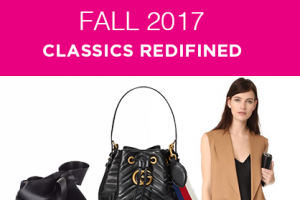LUX Look: Eyecatching Ikat
It abounds in Asia, in the markets and on home furnishings, and can be seen on the shawls men wear in Mexico, or the tapestries common to South America. This season though, it will be prevalent on textiles here at home.
Ikat prints are hot, and cropping up on shoes, pillows, blouses-even chairs. A print that’s seen little popularity in recent decades, it now looks new and fresh, much like Lilly and Pucci’s did when those time-tested prints came back around. Designers are taking another look at patterns that have gone unnoticed—and unutilized—for some time.
Ikat is a type of weaving where the dye is applied prior to the threads being woven to create the final fabric pattern or design. It’s called resist dyeing—much like tie-dyeing—in which the method is used to resist, or prevent, the dye from reaching all the cloth, thus creating a pattern in the process. It’s used in many cultures but the word comes from the Indonesian language, and can mean both the method and the cloth that results. You may think you know your ikat, but the styles vary widely, depending on whether they come from Cambodia, Mexico, Argentina, or Japan.
Now, ikat will be seen on the North American continent in abundance. Look for it on shoes-by Steven Alan for Keds (which just hit stores May 1); on dresses-by Gucci; and on pillows, purses, and chairs-by design maven Madeline Weinrib, who uses it with gusto in its many formulations on many different forms. Weinrib is particularly suited as an expert here: As the granddaughter of the founder of New York’s now-legendary store, ABC Carpet & Home, the textile Mecca, she knows her ikat. Weinrib uses a variety of the prints on her evening bags and they are practically irresistible. Here’s an idea: Don’t resist. Scoop one-or a few-up. It’s the LUX thing to do.
Tagged in: gucci, keds, ikat prints, madeline weinrib, steven alan,




